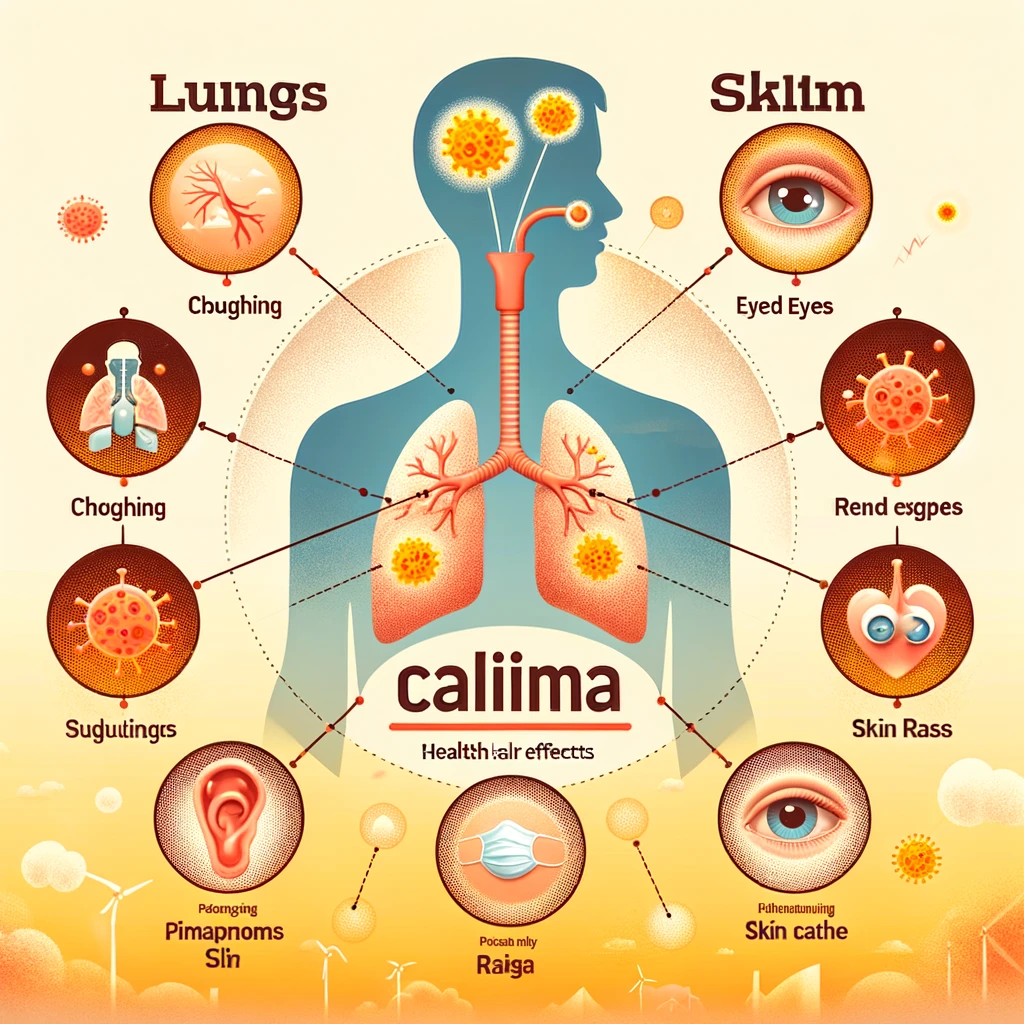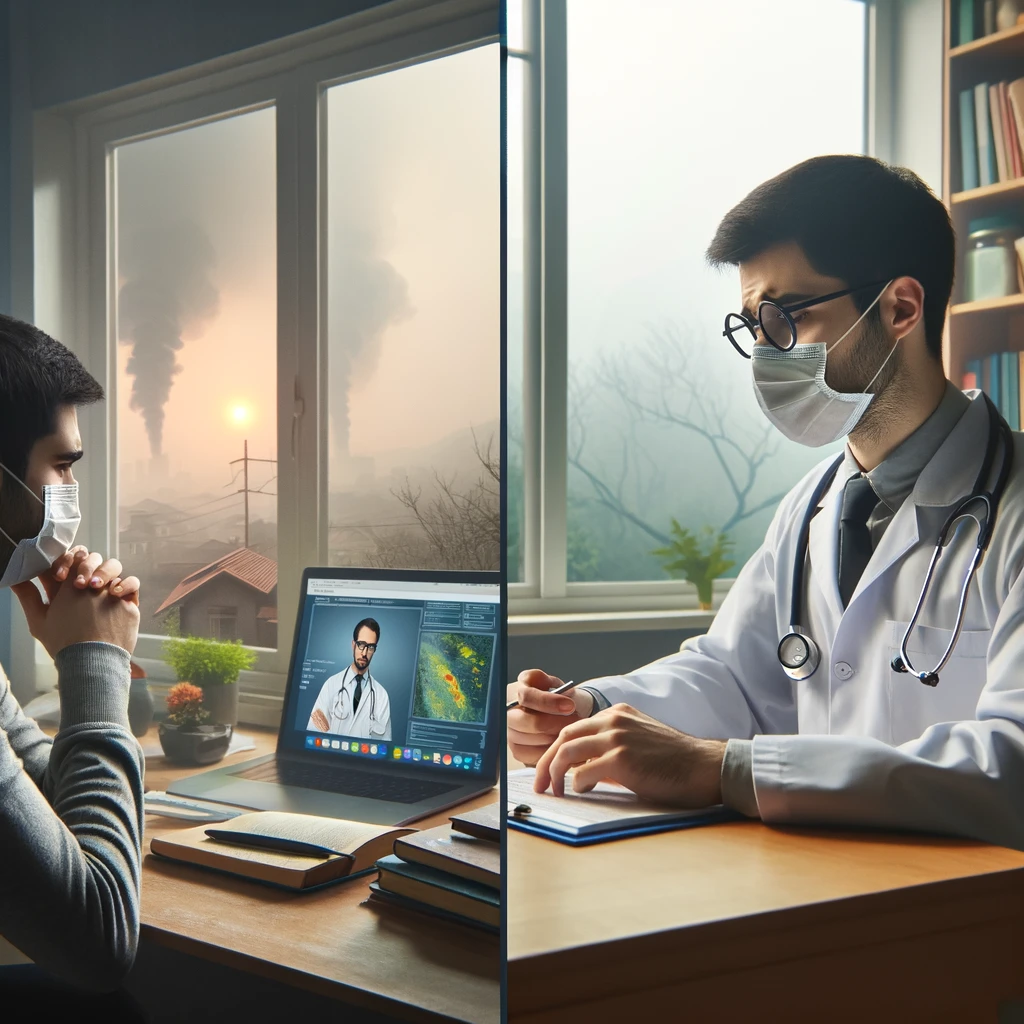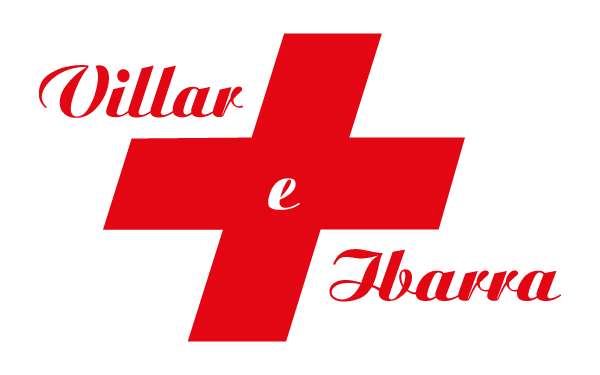
Veils of Sand: How the Calima Affects Our Health and What to Do About It
The calima, a meteorological phenomenon characterized by the suspension in the air of dust or sand particles from the desert, is a frequent visitor in various parts of the world, including the Canary Islands. This dust veil, which can cover skies and reduce visibility, affects not only the environment and daily life but also has significant repercussions on public health. In this article, we explore how the calima influences our health, the preventive measures we can take, and how medical technology can play a crucial role in mitigating its effects.

A Veil Over the Sky: Understanding the Calima
The calima is caused by winds that carry fine dust particles from the deserts of Africa to other parts of the world. Though a natural event, its effects can be profound, especially in areas geographically close to deserts, such as the Canary Islands.
Impact on Respiratory Health
The presence of fine particles in the air can be harmful to the respiratory system. Inhalation of these particles can exacerbate existing conditions, such as asthma and chronic obstructive pulmonary disease (COPD), and increase the risk of respiratory infections. The most vulnerable groups include children, the elderly, and people with pre-existing respiratory diseases.
Effects on Ocular Health
Suspended dust can irritate the eyes, causing symptoms like redness, itching, and a sensation of a foreign body. This is particularly relevant for those who wear contact lenses or have pre-existing conditions like dry eye.
Dermatological Issues
The skin can also be affected by calima, as dust can clog pores and cause irritations. Moreover, the dust particles can carry microorganisms that could potentially lead to skin infections.
Prevention and Mitigation Strategies
Personal Measures
- Use of Masks: Wearing masks, especially those offering protection against PM2.5 particles, can reduce the inhalation of dust.
- Eye Protection: Wearing sunglasses or protective eyewear can help minimize eye irritation.
- Personal Hygiene: Maintaining good skin and eye hygiene to remove dust particles.
Technology and Medicine
- Air Quality Monitoring: Air quality monitoring stations play a crucial role in the early detection of calima episodes.
- Telemedicine: Telemedicine can be a valuable tool for those needing medical consultations during calima episodes, minimizing the need to leave home.
- Air Filtration: Air filtration systems in homes and workplaces can significantly reduce the presence of dust particles indoors.

As we face natural events like calima, it is imperative to take preventive measures and leverage technological advancements to protect our health. At the Centro Médico Villar e Ibarra, we strive to be at the forefront, offering information and solutions that address modern life’s challenges, including those related to meteorological phenomena. Our commitment is to your well-being, providing resources and advice that help you live a healthier life, even amidst calima.

Note Keywords: Calima, respiratory health, prevention, air quality, Canary Islands, medical technology


